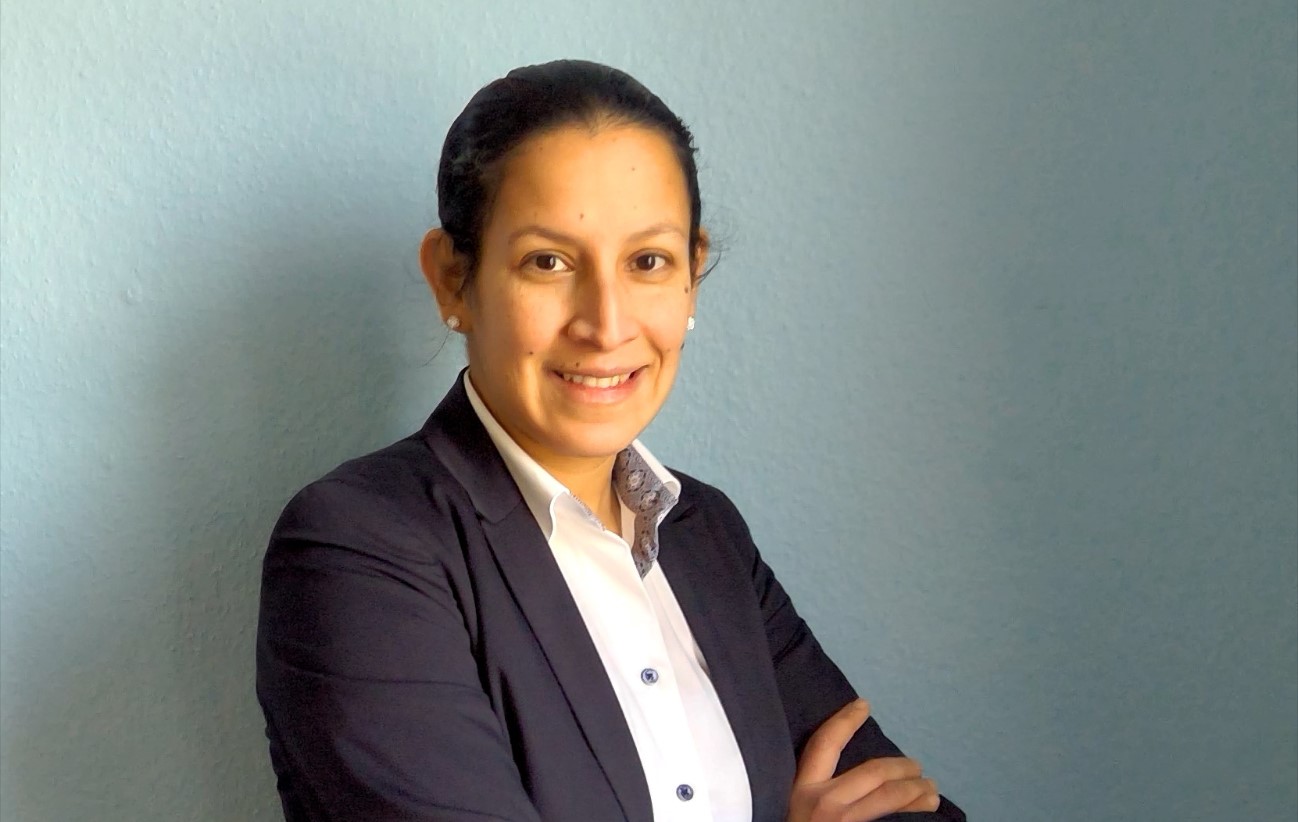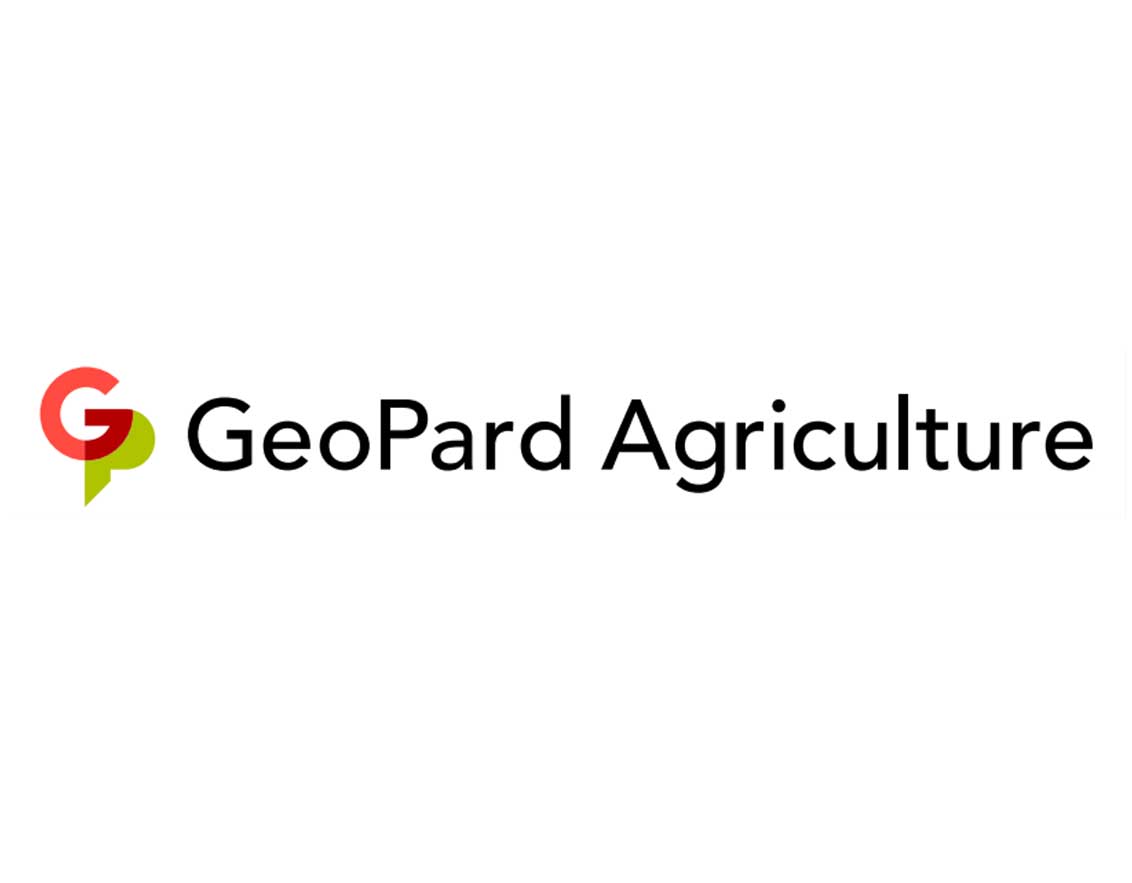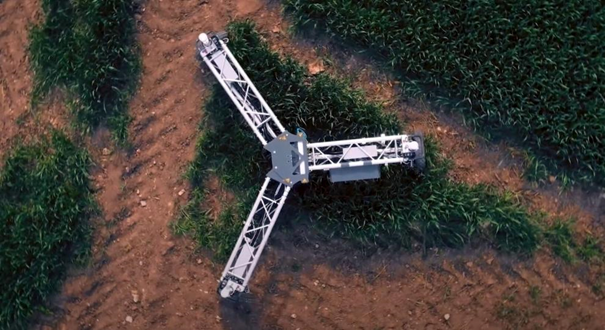Global challenges such as the growing world population (predicted to reach 9 billion by 2050), the increasing demand for food, and climate change are impacting the environment and putting pressure on agriculture. More food and fiber need to be produced by adopting more efficient and sustainable production practices, and by adapting them to the changing environmental conditions. To face these challenges, digital agriculture and agricultural decision-making systems have become very attractive.
Digital agriculture refers to the use of new and advanced technologies, integrated into one system, to enable farmers and other stakeholders within the agriculture value chain to improve food production and reduce losses by managing a vast amount of data, which normally is not easy to be translated into practical knowledge. In many cases, farmers’ decisions such as how much fertiliser to apply are based on a combination of rough measurements, experience, and recommendations. Once these decisions are implemented, the results are normally seen until harvest time.
With the use of a digital decision-making system enormous farming data, such as meteorological records, soil conditions, marketing demands, and land uses, can be collected, analysed, and processed for assisting farmers in making appropriate decisions. These decisions can then be quickly implemented with greater accuracy through the farmers themselves, or by using robotics and advanced machinery. At the same time, farmers can monitor and get real-time feedback on the implemented actions.
The decision-making systems or platforms are supported by different technologies including remoting sensing, communication networks, big data, artificial intelligence (AI), cloud computing, robotics, and other advanced machinery, often draws on the principles of the Internet of Things (IoT). Each one of these technologies brings something valuable to farming from data collection, through to management and processing, as well as guidance and direction. The integrated systems offer new insights that enhance the ability to make decisions and subsequently implement them.
Which kind of decision-making systems exist now or may exist in the future? What are the potential and challenges in adopting these technologies? What can be changed or must be changed? These questions were discussed and answered by Peter Breunig (Professor for Innovation and Technology Transformation in Food and Agriculture at Hochschule Weihenstephan-Triesdorf), Sanja Brdar (Co-Founder at Cropt), Dmitry Dementiev (Co-founder at Co-founder at GeoPard Agriculture - PrecisionAg platform), and Christian Hennig (investor, innovator and serial entrepreneur at permarobotics & foodroots) during the webinar on “"Digital future: decision making systems for agriculture", organized on 19 January 2022 by RootCamp (moderated by Caspar Olenhusen), and hosted on DLG e.V. - German Agricultural Society platform.
Examples of existing technologies
- Cropt (Serbia) is a platform that uses advanced machine learning algorithms and big data analytics to predict the yields and risks of crops and varieties in the local weather and soil conditions, and derives the strategy that represents the optimal trade-off between yield and risk. The platform is based on hundreds of thousands of hectares of sample datasets, unparalleled operational experience in diverse environments, and work with advisors, crop growers, and enterprise customers alike. The diagnostic and predictive analytics are based on its machine learning algorithms, leveraging satellite imagery, agronomic models, and weather data.
- GeoPard Agriculture - PrecisionAg (Germany) is a precision agriculture platform that enables crop farming agribusinesses to increase ROI and to integrate sustainable agricultural practices into their daily operations using cutting-edge spatial data analytics and AI algorithms. Customers of the application take advantage of automatically created multi-year analytics which describes historical and in-season crop development patterns of the field, thereby it helps farmers to know better their fields and to apply the right decision in the right spots at the right time. Through the platform workflows related to the creation of zone maps for soil sampling, variable rate seeding application, fertilizers and crop protection applications are streamlined and automated.
- Permarobotics (Germany), on the other hand, supports the transition to regenerative agriculture by digitizing and automating the complete workflow on a regenerative farm from the field to the customer. Together with its partners, Permarobotics is developing a farm-centered decision-making system interconnecting different digital tools and robots for planning, managing, and running a farm through an easy-to-use interface.
Big potential
According to Prof. Breunig from the Hochschule Weihenstephan-Triesdorf, the adoption of digital solutions varies among farmers, depending on the nature of the solution. Through a pilot project conducted with small farmers in Southern Germany his team concluded that non-agronomical solutions (e.g., steering, and automated equipment) are easier to be adopted than agronomical solutions (e.g., application of fertilizers or seeds), since results from non-agronomical solutions seem to be more reliable and visible in a shorter time compared with the non-agronomical solutions (normally seen at the end of the crop cycle).
However, the high speed of development of digital solutions, tested in different fields and environmental conditions, as well as the information exchange among farmers, advisory services, insurance companies and enterprises are opening new and disruptive opportunities to make these tools more reliable and accurate. The continued decline in technology costs and the reduction in the size of devices means that digital agriculture should be substantially more accessible to farmers, benefiting those countries and regions across the globe that are the most reliant on agriculture. Closer links to farmers and other key stakeholders, and continuous communication with end-users are key to ensure that the most value is gained from these innovations.
The barriers
Speakers agreed during the webinar that the lack of evidence-based data showing the effects of digital approaches on crop productivity, especially those showing the long-term benefits, make it difficult to develop business cases that show consistent benefits. Although this is changing, in the short term it may inhibit farmers’ willingness to adopt technologies and possibly restrict the ability of individuals to secure investment.
In addition, building trust with farmers is one of the most important factors affecting the adoption of these technologies. If farmers or advisers use a tool and they are not satisfied with the results, then it will be unlikely to be used again. Peer recommendations, either between farmers or adviser networks, are key determinants for the uptake. Therefore, the decision support system should be developed and presented in a way that builds trust with the end user. Pilot projects at farm level could help to estimate the value of the solution and to collect reliable data, which could be used as evidence for the application of such solutions on field with similar conditions.
Future of decision-making systems for agriculture
Being a key part of sustainable agriculture, decision making systems will become more and more relevant. With the multiplication of smart devices on the field that stimulates the accumulation and storage of farming related data, more developments of decision-making systems are expected. However, to succeed, the integration and analysis of the captured data need to become more accurate and reliable. In addition, stakeholders along the value chain expect that these systems are designed in a more ergonomic and user-friendly way.
Companies already offer mobile interfaces on smartphones and tablets, that are easy to handle and can be used in real time, directly on the field. Such developments allow more farmers to use decision making systems, since, at the end of the day, they are the final recipients and users of new technologies which will revolutionize agriculture. At its most disruptive, digital agriculture will integrate systems across the supply chain to allow better information sharing between providers, distributors, retailers, consumers and supporting industries.
Have you used digital decision-making systems? Drop a comment and share your experiences and thoughts here and follow us on LinkedIn!
Are an agtech and bioeconomy startup and want to scale? Apply till Feb 15th for our acceleration program and get a grant to cooperate with our industry partners. On our application site you will find all the details.
All Agritechnica webinars have been recorded and can be watched on our YouTube channel.
/rootcamp_logo_white_2022.png?width=2123&height=630&name=rootcamp_logo_white_2022.png)

/RC%20logo%202022.png?width=2325&height=703&name=RC%20logo%202022.png)






